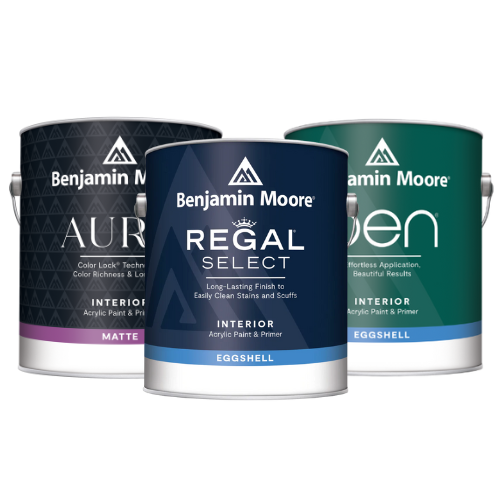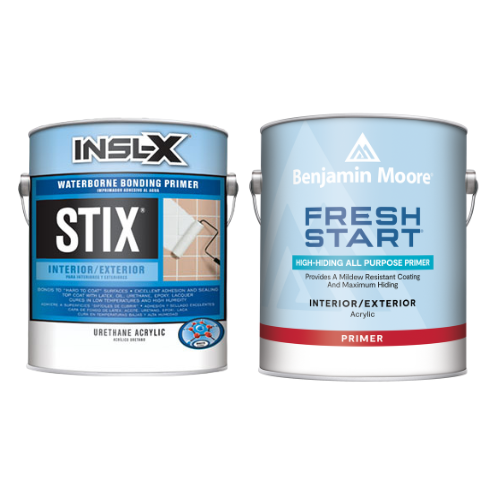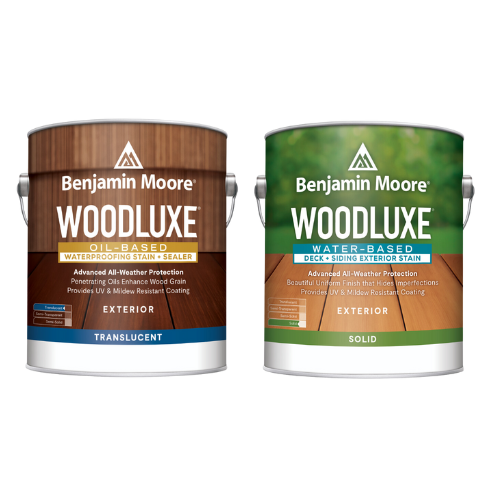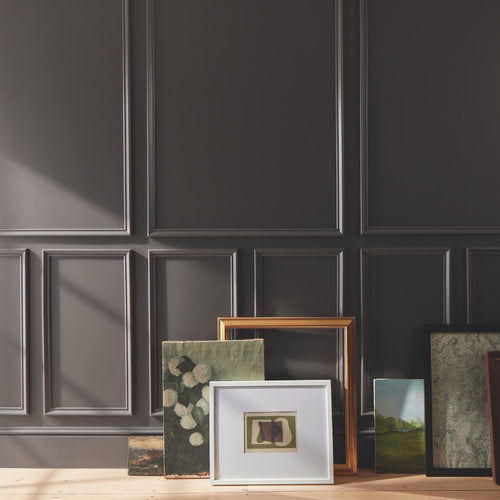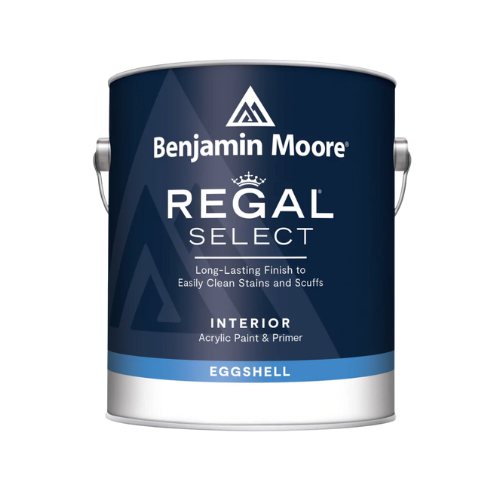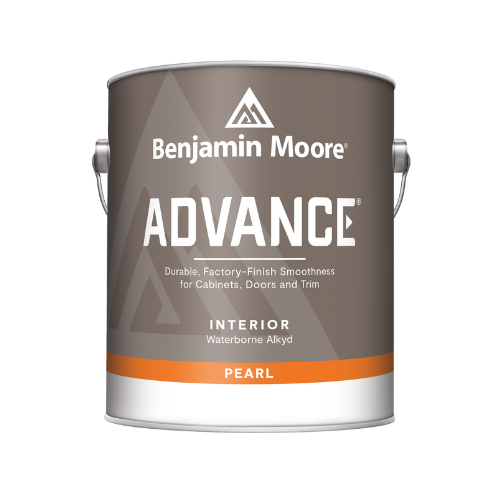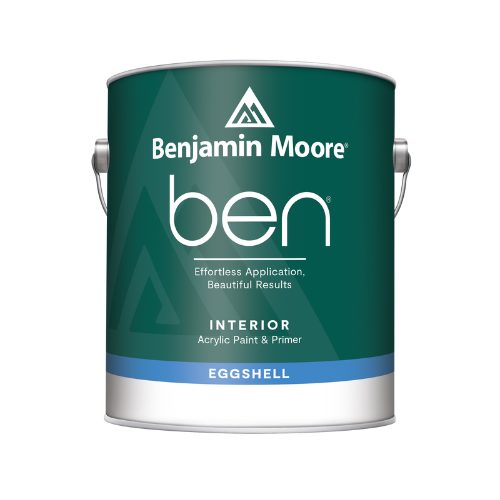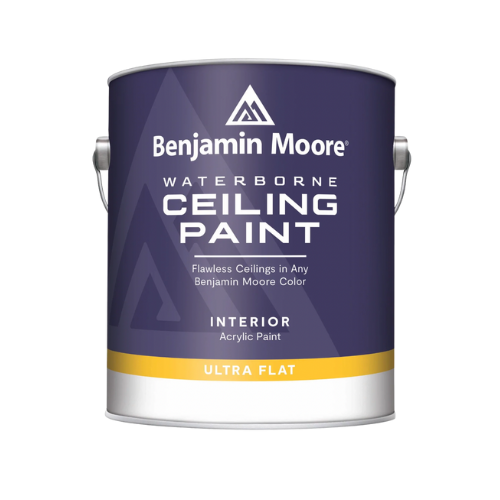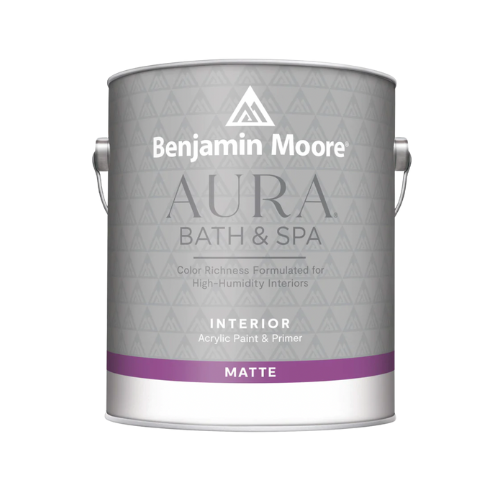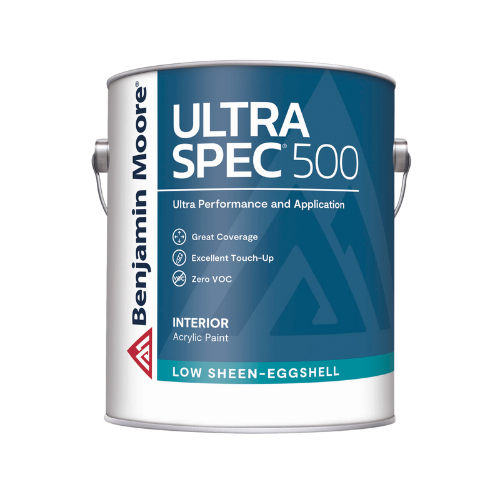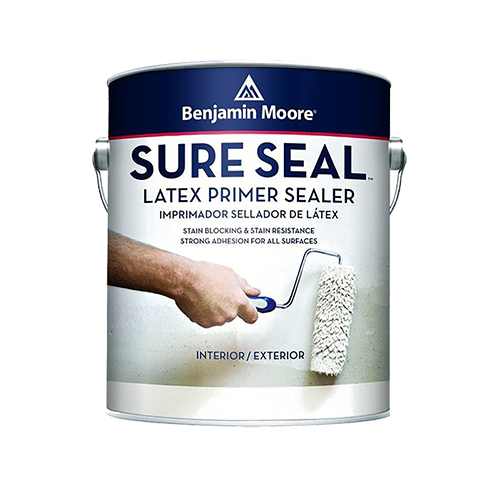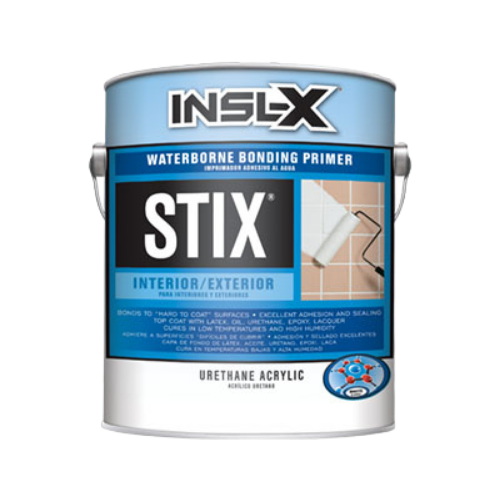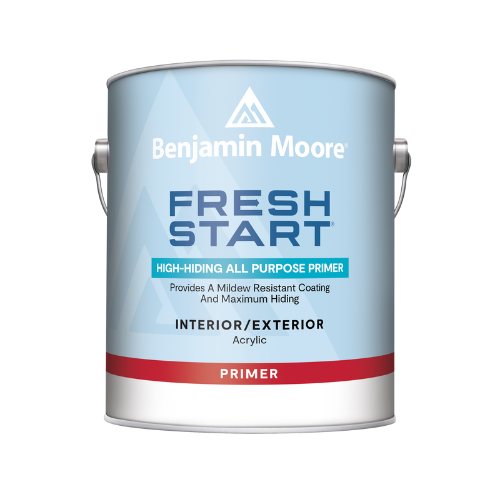

Painting a wall can transform any room. The secret of a professional quality paint job is to paint one wall at a time. You may need several sizes of brushes, including the following:
- A smaller brush to paint near the ceiling and baseboard line
- A Benjamin Moore 2 ½ inch angle sash brush for painting corners and cutting in around window and doors
- A 9-inch roller to paint the rest of the room
- For the average home you would need a sturdy stepladder
To obtain a great finish, follow these simple steps:
- Start by carefully painting up against the ceiling line where the wall and ceiling meet with a smaller brush. Make sure to avoid painting the ceiling line itself. Start by slowly painting or “cutting in” the edge 3 to 5 inches down the ceiling line to achieve a better quality finish.
- Paint out from the corners about 3 inches on each side.
- Cut in around windows, doors, and the baseboard.
- If you use a conventional coating, you’ll have to cut in a small area at a time and then roll into the wet, cut-in area, repeating the process down the wall.
- If you're using Benjamin Moore's Aura® paint, which sets quickly, you can cut in around the perimeter of the entire wall before switching to the roller.
- A technique that will help produce an even finish on your wall is to paint the shape of a “W” on the wall with the roller (approximately 3 or 4 feet in area), then using a light, up-and-down movement fill in that area with paint before adding more paint to your roller. This will help avoid a “dimpling” or “orange peel” effect. The use of an extension pole will allow you to paint from ceiling to floor in a single roll.
- Keep your roller loaded with paint and after you reload the roller with paint start from an unpainted area and work into the wet area.
- Paint from the top of the wall down using the “W” technique until you finish the first wall. Then repeat this method on all the walls in your room.
- Wait until the paint is completely dry before you add the second coat. Check the paint can for any recommended drying times.
For best results, ALWAYS READ THE PAINT CAN LABEL. Professionals read the paint can labels to get the paint manufacturers’ most up-to-date information and instructions on the use of each specific paint. Every paint is different, and the labels provide important information, such as the average coverage area per gallon, drying times, number of coats needed, and surface preparation requirements. The labels also give specific safety information that should be carefully adhered to.
Downloadable PDF: Tips for Painting Walls


